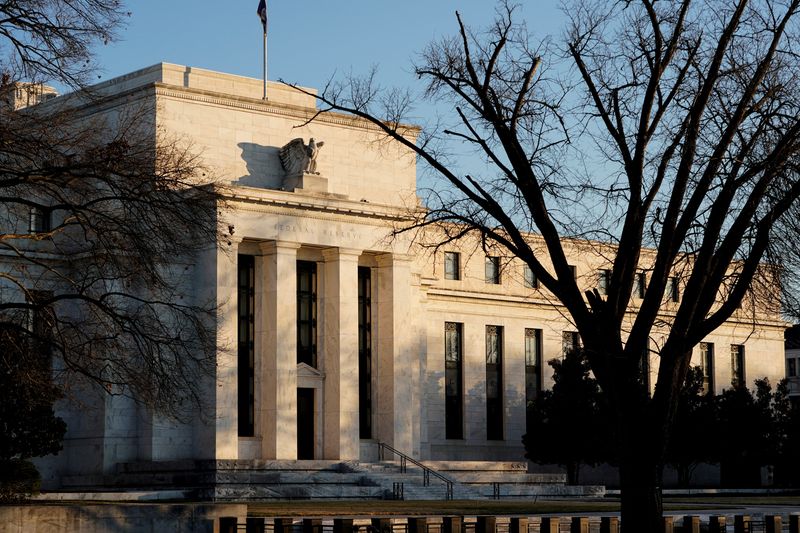By Howard Schneider
WASHINGTON (Reuters) - The Federal Reserve's current structure, with the Washington-based Board of Governors and 12 quasi-autonomous regional banks, has "created a durable and credible public institution," outgoing Kansas City Fed President Esther George said in defense of an arrangement criticized sometimes as unwieldy.
The product of compromises meant to balance central control in a federal system with regional influence, George said it had created "boardrooms ... where a labor leader and manufacturer; banker and non-profit executive; tribal leader and energy CEO, sit side by side."
"For a Fed policymaker, these discussions are obviously valuable. Not only do our directors provide fiduciary oversight and important insights on economic and financial conditions, but they create a level of engagement and understanding that would not otherwise exist," George said in prepared remarks to the Exchequer Club of Washington, D.C.
George's remarks are expected to be her last as head of the Kansas City Fed. She is retiring on Jan. 31 after turning 65 this month, the mandatory retirement age for Fed regional presidents.
A replacement has not yet been announced.
George will not attend the Jan. 31-Feb. 1 Fed policy meeting, and her prepared remarks did not update her views about the economy or monetary policy.
Rather, George said she was speaking "from the perspective of a career central banker in the nation’s heartland," someone who began as a bank examiner and rose to the Fed's policymaking ranks.
George cited proposals floated occasionally to either trim the number of regional banks, or to make bank presidents political appointees, as are members of the Fed's seven-member Board of Governors.
But she said she felt the current system added to the Fed's political insulation when it came to making tough decisions about interest rates, and also kept it more in touch with local issues - such as the fate of community banks, an area of particular interest in her Midwest region.
During an inflation outbreak in the 1970s and 1980s, "it is hard to imagine a scenario where a more politically controlled central bank would have been willing to take the very difficult and painful measures that ultimately proved necessary to restore economic and price stability for the nation," she said.
"Today, the U.S. is again experiencing high inflation and the Federal Reserve is aggressively tightening monetary policy. And, once again, the benefits of central bank independence are apparent."
